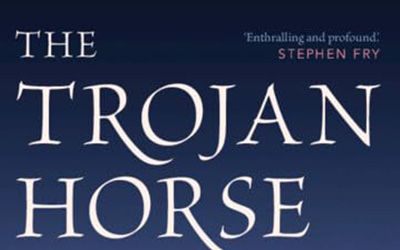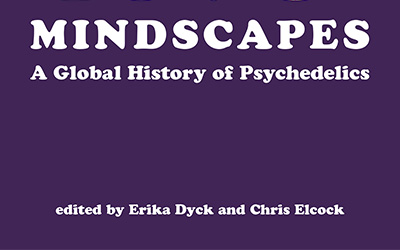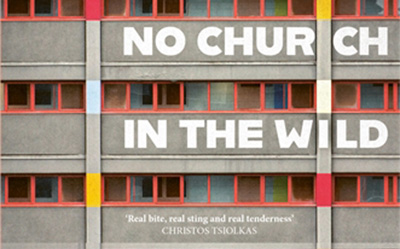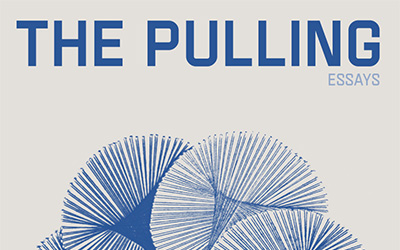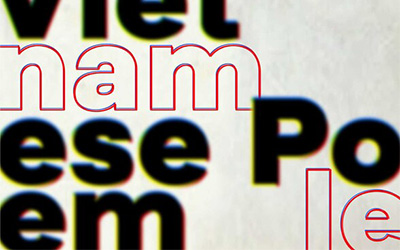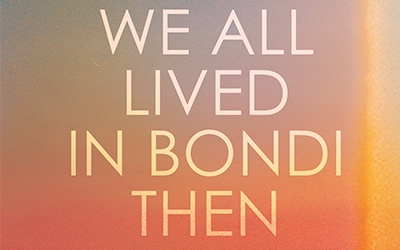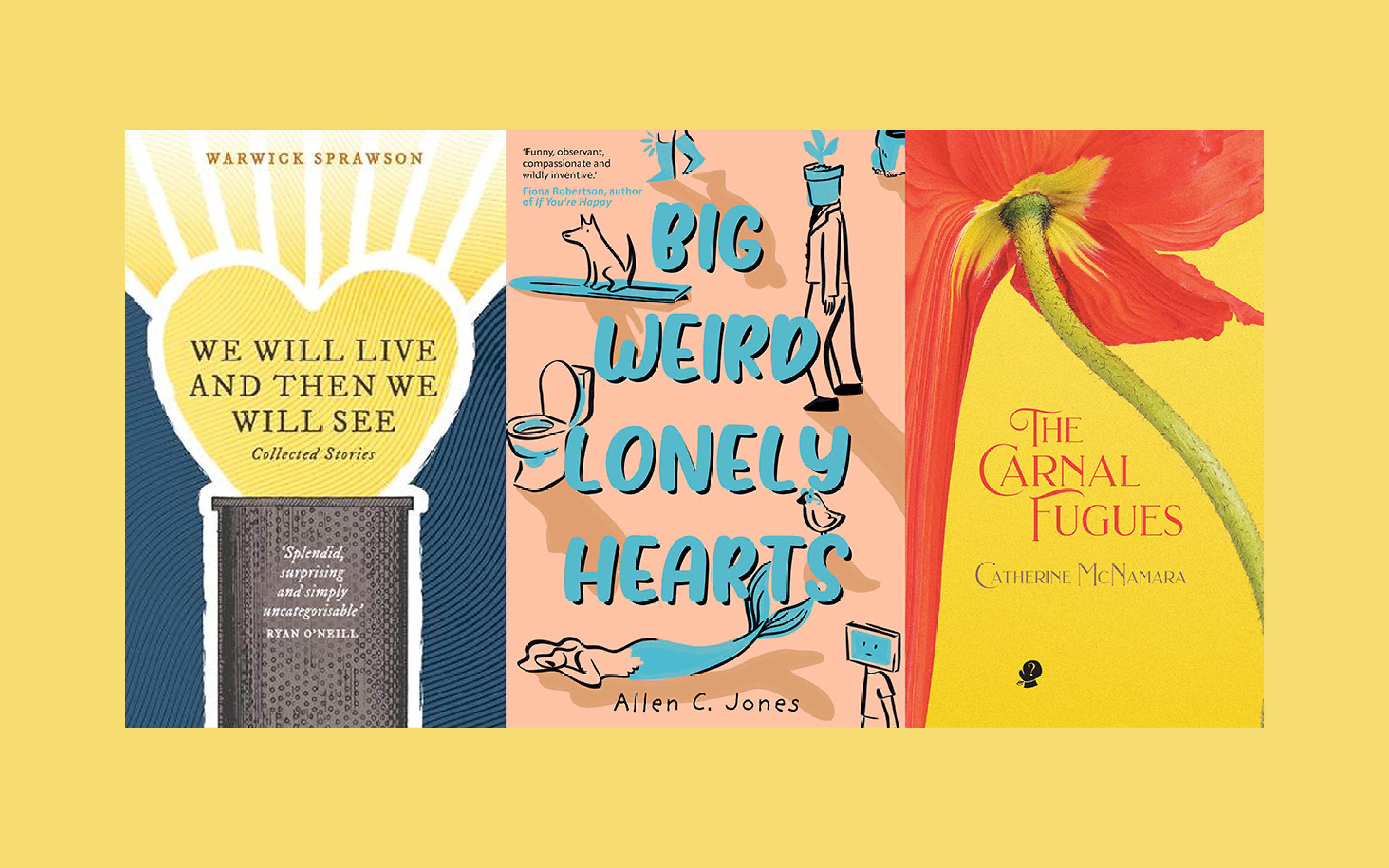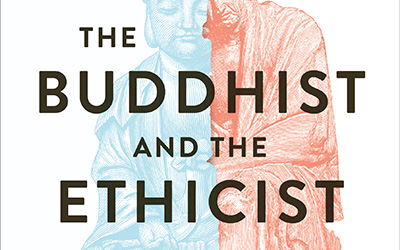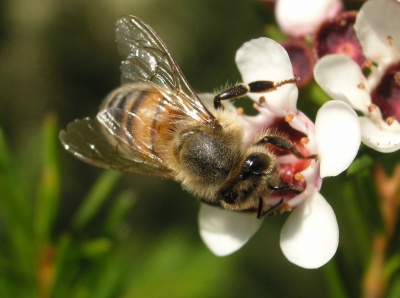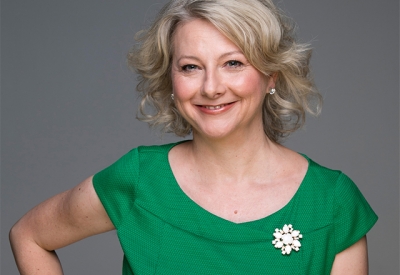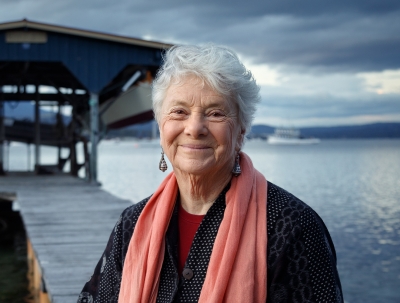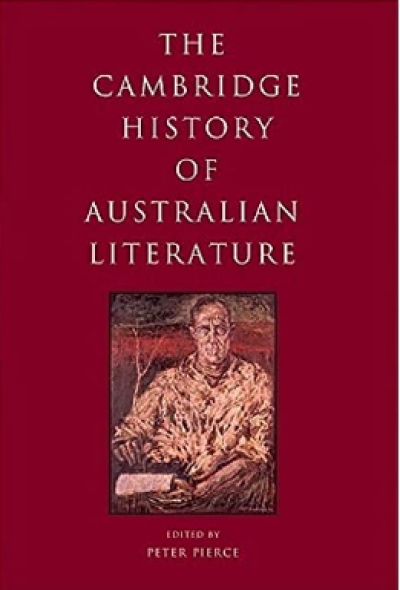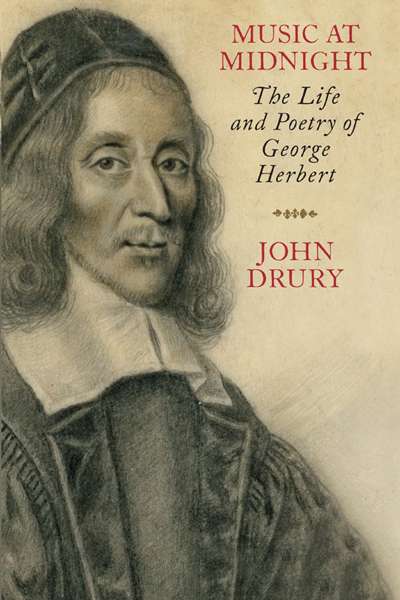Accessibility Tools
- Content scaling 100%
- Font size 100%
- Line height 100%
- Letter spacing 100%
Current Issue
Short story
'Metal language', a new story by Beejay Silcox
I am a girl who knows how to hold a gun. On weekends, Dad drives me out to the pistol club, while Mum pulls white-sapped weeds from the garden. She plants natives that can handle the salt in the air; angular, bristling plants with angular, bristling names: banksia, grevillea, bottlebrush. A line of Geraldton Wax along the verge to replace some mean and blighted rose bushes. She knows we won’t stay long enough to see them tall. We never stay. She plants them anyway.
There is always a pistol club, and so I pack my gun box and Dad and I drive out, away from the wind-churned coast and deep into the canola. In a converted dairy shed we stand next to each other and shoot at paper targets alongside sharp-eyed farmers and retired cops. They are men with enormous hands and wide, sun-ruddy faces, and they are always watching me. There’s never been a girl in the shed. Wives, sometimes; sons, often. But the men never bring their daughters. A girl is alchemy. I change something, curdle it.
‘First time for everything,’ they say.
And there is.
‘Show us what you can do, sweetheart,’ they say.
And I do.
Commentary
More history, not less: The unnaming of Moreland City Council
On 19 November 2021, a delegation of Wurundjeri Woi-wurrung community leaders and prominent local non-Indigenous representatives presented a letter to Moreland City Council, in the inner-northern suburbs of Melbourne, asking that the Council be renamed. As the petitioners pointed out, Moreland – a name given to parts of the area in 1839 by Scottish settler Farquhar McCrae and then adopted by the local Council in 1994 – was the name of a Jamaican slave plantation to which McCrae’s family had a connection.
The ABR Podcast
PODCAST
The ABR Podcast
The ABR Podcast is released every Thursday and features reviews, poetry, fiction, interviews, and commentary. Subscribe via iTunes, Google, or Spotify, or your favourite podcast app.
Interview
Open Page with Toni Jordan
Interview
Open Page with Toni Jordan
Interview
Open Page with Cassandra Pybus
From the Archive
CYA Books of the Year 2007
Pam Macintyre
Top of my list is Sonya Hartnett’s bitter-sweet story of love and loss, The Ghost’s Child (Viking), for its emotional punch, mixture of realism, fairytale and magic realism, and exquisite prose. Also written with emotional clout is Bill Condon’s witty and frank Daredevils (UQP). Joel and Cat Set the Story Straight (Penguin), by Nick Earls and Rebecca Sparrow, gives sheer pleasure in a double-double writing act: Earls writes the wannabe Matthew Reilly contributions to a joint school writing task, while Sparrow has Cat channelling Jane Austen. The consequences of the uneasy school and personal relationships between the two, their increasingly intertwined lives, and the story they create are hilarious.
From the Archive
The Cambridge History of Australian Literature edited by Peter Pierce
A suitable motto for any prospective compiler of a large-scale history of a national literature might be ‘No Place for a Nervous Editor’ (to adapt the title of Lucy Frost’s study of nineteenth-century women’s journals). A few of the portentous questions for this imagined figure include: how is ‘literature’ to be conceptualised at the beginning of the twenty-first century (witness the Balkan culture war that followed the publication of the estimably inclusive Macquarie PEN Anthology of Australian Literature, 2009); how to balance the different needs and competencies of readers – students at tertiary and secondary level, academic specialists from various disciplines, a diverse non-Australian audience; how to choose contributors who combine scholarly authority with an ability to write jargon-free language for a diverse readership; how to construct a book that will satisfy both the searcher for information about a particular book or topic and the (probably rare) reader who wants to proceed from cover to cover?
From the Archive
Music at Midnight: The life and poetry of George Herbert by John Drury
Disdaining the opening moves traditionally associated with literary biography – the expected orderly progress through ancestry, parentage, birth, schooling, juvenilia – John Drury’s masterly new account of the life and poetry of George Herbert begins instead with the poem that Drury sees as Herbert’s finest work, written in mid-career, ‘Love (III)’. Herbert designed this poem as the culminating piece in the collection upon which his poetic reputation would come ultimately to rest, The Temple (1633).





